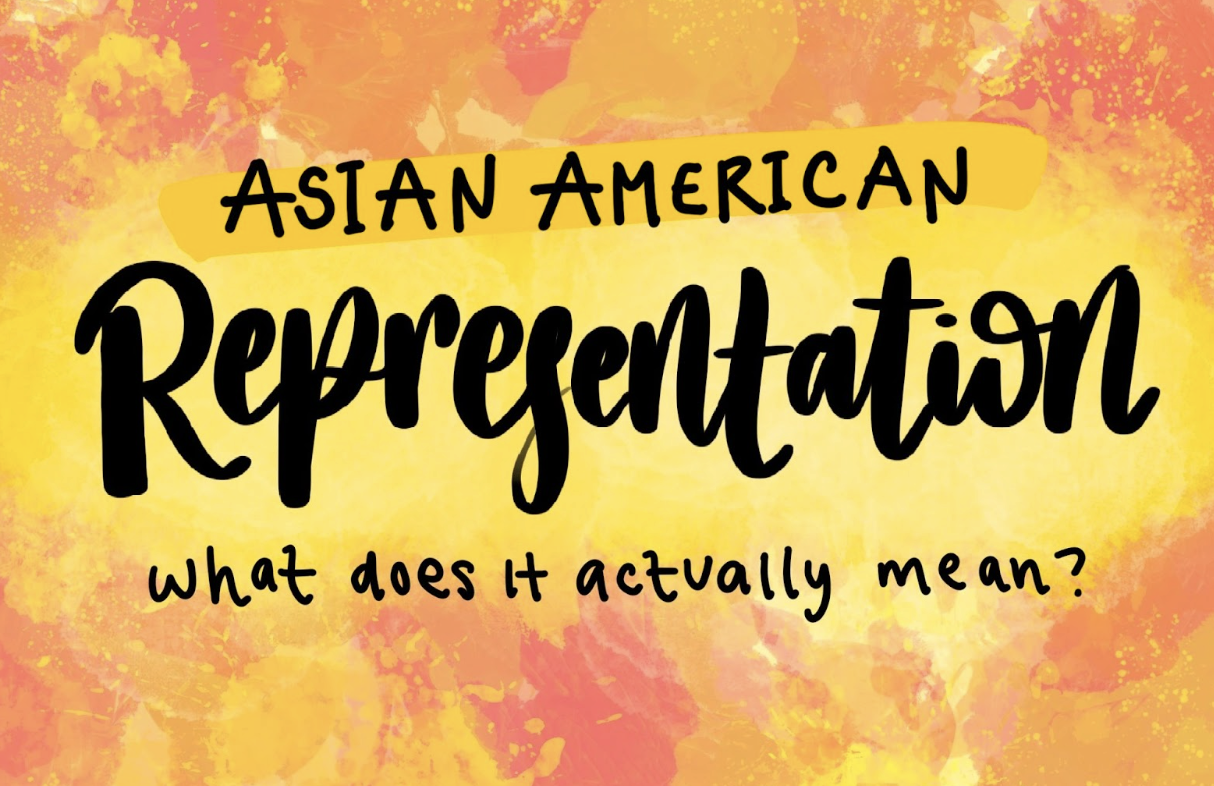
Intelligent. Fierce. Ambitious. Cristina Yang, played by actress Sandra Oh, has been one of my favorite fictional television characters from “Grey’s Anatomy,” a medical drama. Set at Seattle Grace Hospital, the show follows the lives of doctors and interns, with Cristina Yang, a standout among them.
Watching Cristina Yang on the show inspired my middle school self to aspire to her acuity and drive. I was determined to become a cardiothoracic surgeon like her, drawn to her compelling intensity that made me want to follow her path. Looking back, I realize Cristina Yang’s significance didn’t just lie in her character, but also in her contribution to establishing Asian American representation.
Cristina Yang is an anomaly for Asian American portrayal in popular culture. For over a century, visual media, especially from Hollywood, has disseminated the same Asian American stereotypes that lack dimension, diversity, and most of all, human connection with viewers. Overall, the majority of Asian characters were marked with exaggerated features, like slanted eyes, and spoke with accents that were often caricatured, using broken English that bordered on mockery. A classic example is evident in the depiction of Mr. Yunioshi in the 1961 film “Breakfast at Tiffany’s.” Mr. Yunioshi, portrayed by a white actor, was depicted in yellowface makeup, donning fake tan, dyed black hair and traditional Oriental attire, with taped eyes to simulate slanted eyes — a mockery of a Japanese man. With these dehumanizing exaggerations, Mr. Yunioshi is not a character. He is a caricature. This is not the first or last time Asian actors were replaced or overshadowed by white counterparts. The 2016 film “The Great Wall” notably featured Matt Damon in a story set in China and centered around Chinese themes. As for Asian women, they were frequently illustrated as delicate, submissive, exotic and sexual. One of the earliest on-screen depictions of an Asian woman occurred in the 1922 film “The Toll of the Sea.” Anna May Wong’s portrayal of “Lotus Flower,” a Mongol slave girl, reinforced the “dragon lady” trope, presenting Asian women as dangerously seductive and conniving. Even though these characters superficially resembled me, they lacked authenticity — reduced to mere embodiments of stereotypical Asian traits, furthering perceptions of Asians as “foreigners” and “outsiders.” Associated with such depictions, I felt reduced to my differences, to components of my race.
Without true representation, media insidiously implants ideas and preconceived notions about minorities into people’s minds. As an Asian American myself, I was adopted from China and grew up in the Midwest. I recall my classmates asking me why my eyes were different or if I ate dogs because they heard about Asians eating dogs in a video.
Cristina Yang is an imperfect character, but that’s what makes her more human. Characterized by her humor, bluntness and unabashed confidence, Cristina Yang dispels the image of Asians being unemotional and cold.
One of the moments that stuck out to me and Lee was when Cristina Yang burst into tears, admitting she needed love and care. I felt tears in my eyes too because I understood that feeling of needing love in moments of great loneliness.
When I see Cristina Yang, I don’t simply relate to her because she is also an Asian American woman. Diversity is not just about seeing someone resembling you on screen; that is not enough. Inclusion encapsulates an experience of relating personally and intimately with characters like close friends. Understanding how characters think and feel transports us in new directions intellectually and emotionally because these characters are not cookie-cutter stereotypes. They are human, like us.
The challenge of representation lies in avoiding the reduction of diverse characters to mere checkboxes for political objectives. Representation has become co-opted by mainstream media, multi-racial liberal agendas and inclusion politics, but it should not be contingent on political implications. I want a genuine connection with characters based on their individual qualities, rather than solely because of shared Asian American identity or for representation advocacy. Through Cristina Yang, visibility isn’t about constructing moral characters but about representing people with all their flaws, complexities and humanity.
Representation only for show is an injustice to storytelling itself. It neglects the purpose and complexity of storytelling. When visibility is only for face value or political pushing, it diminishes the group in question, reducing them to superficial differences and stripping away their humanity. Representation must go beyond merely ticking boxes for diversity because the most important aspect of telling stories is to highlight humanity.
Asian Americans exist in so many unique ways of life, not just in prestigious professions. Cristina Yang built a foundation for more authenticity and offered a glimpse of how to start diverging away from stereotypes that once confined Asian Americans for so long. There are still many more Asian American narratives that need to be told.
Loyal. Loving. Vulnerable. Cristina Yang is 100 percent Asian American and 100 percent human. Cristina Yang is an exemplar of how good representation can generate a positive impact. Storytelling needs representation, but it must be done with care and consideration. Only by telling stories that simply show our authentic selves are we all truly seen and heard. Now, that is representation I’m proud to support.







